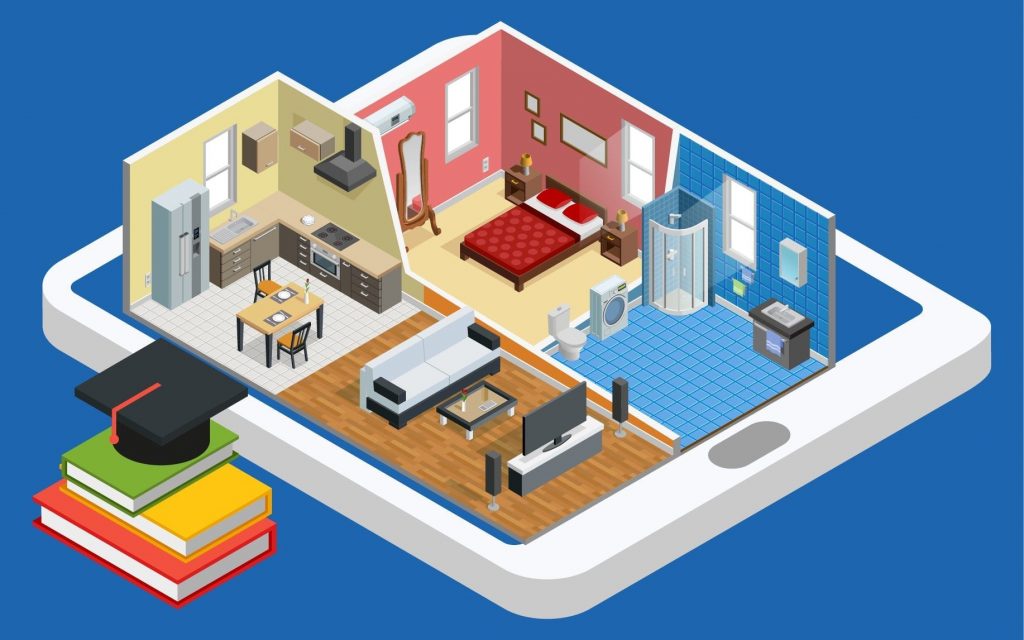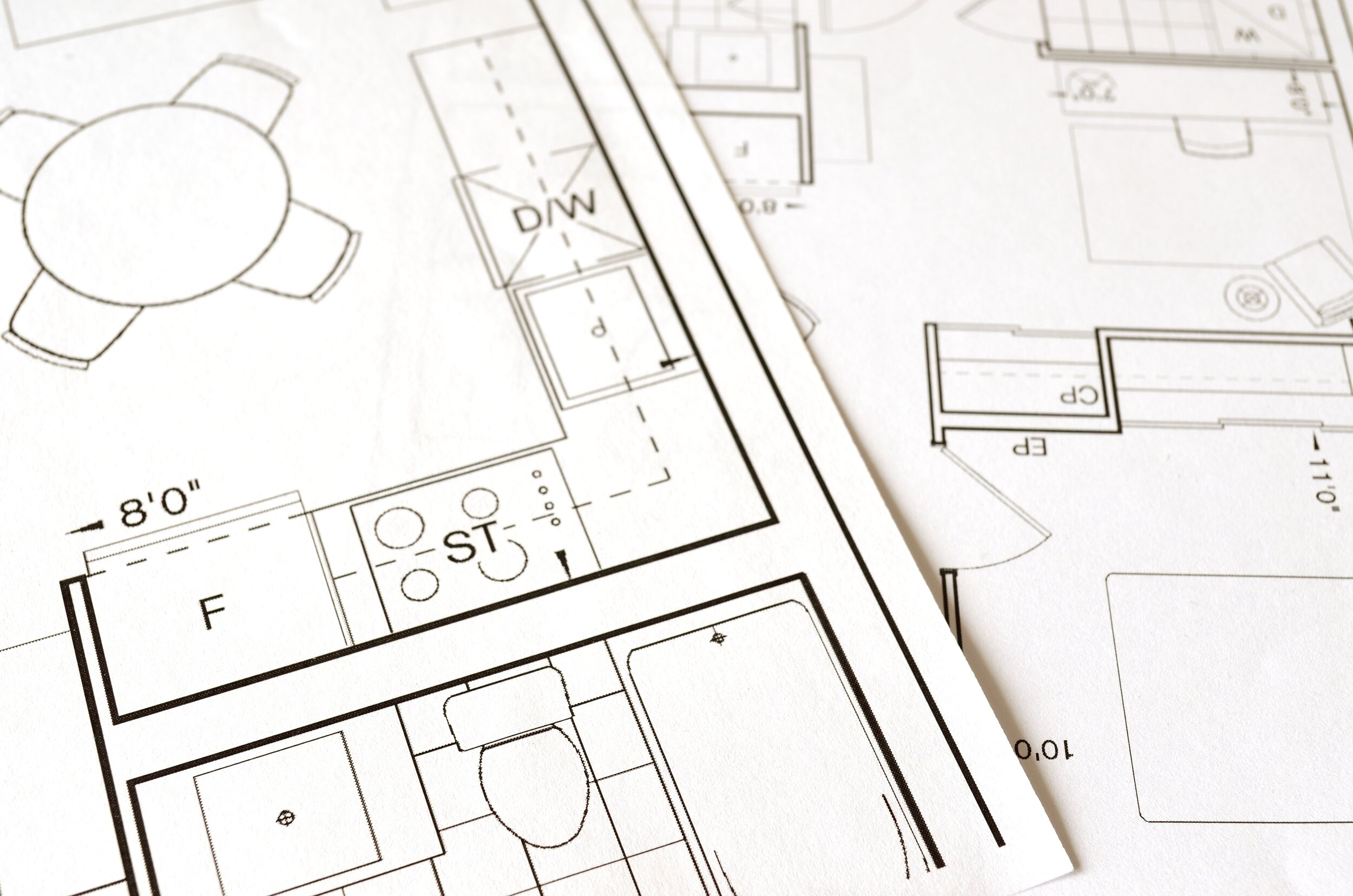Explore the Expertise of Leading Hampshire Architects for Unique Residential Projects
Explore the Expertise of Leading Hampshire Architects for Unique Residential Projects
Blog Article
Designing Your Desire Space: The Influence of Interior Design and Home Engineer on Home Aesthetic Appeals
The magic of making a desire home lies not only in building prowess but likewise in the delicate virtuosity of interior layout. These two disciplines link, with style supplying the skeletal framework while indoor layout breathes life into the room with structure, furniture, and shade option.
The Crossway of Interior Design and Architecture: Greater Than Meets the Eye
Although lots of people believe that interior decoration and design are 2 separate disciplines, a closer exam reveals a remarkable crossway in between the 2. Design lays the foundation, giving the shell within which indoor design runs. However, the type and feature of an area are not only dictated by its building format. Interior Design plays an essential role in completing a framework and enhancing's architectural aspects, concentrating on the selection and presentation of indoor things such as furniture, fixtures, and surfaces. It is the interaction of these 2 disciplines that brings an area to life, changing it from a plain structural entity into an all natural, lived experience. This symbiotic connection emphasizes the importance of incorporating building principles right into interior decoration, and the other way around, to accomplish an unified and aesthetically pleasing setting.
Taking advantage of the Power of Color Styles and Textures in Home Style
While the framework of a home may be the canvas, it is inevitably the use of shades and textures within indoor design that brings the vision to life. Structures play a critical duty in adding deepness and personality to a room. By recognizing the mental influence of shades and tactile allure of structures, one can effectively transform a residence into a aesthetically engaging and emotionally appealing home.

The Duty of Furniture in Defining Room and Way Of Life
Furniture acts as a specifying aspect in interior layout, influencing both space and way of living. It not just offers useful energy but also contributes to the visual charm of the home. The selection of furniture can substantially affect the perception of space, with larger pieces developing a perception of splendour, while smaller sized, minimal designs can make a space appear large. Furniture acts as a reflection of the homeowner's way of living and personal preference. A preference for vintage, rustic furniture might indicate a love for practice, whereas sleek, contemporary items commonly suggest a modern, city way of life. Thus, furnishings option plays a vital role in defining and individualizing room, with each piece offering as a testimony to the homeowner's special identification. Countryside Homes interior design.

Architectural Factors To Consider for Personalized Spaces
Past the significant function of furnishings, architectural factors to consider likewise play a critical part in individualizing areas. The layout, layout, and framework of a home can significantly affect its general visual, capability, and the inhabitants' comfort. Recognizing the home's building elements, such as the shapes and size of rooms, the placement of doors and windows, and the sort of products used, can help one tailor their room to their way of click now life and choices. Additionally, building components like arches, stairways, fireplaces, and columns can function as the prime focus of a room. Stabilizing these building information with appropriate furnishings, shade systems, and lights can create a customized and unified environment. Design, as a result, is a vital resource variable in making one's desire room.
The Psychological Impact of Aesthetically Pleasing Spaces
The influence of aesthetically pleasing areas on human psychology is profound. These settings not only attract the senses however also add to a person's general wellbeing. They can promote creativity, cause relaxation, and even affect mood. Patterns, structures, and colors can stimulate psychological reactions, while the design and illumination can impact habits and communications. A well-designed area, with its cautious equilibrium of aesthetics and performance, can promote a feeling of consistency, promoting positivity and performance. Alternatively, inadequately developed areas can create sensations of discomfort or anxiety. Interior design and design are not simply regarding developing aesthetically enticing rooms, yet additionally concerning growing environments that enhance psychological health and complete satisfaction.

Final thought
Finally, developing your dream room is a nuanced process that balances the architectural elements of architecture with the you can try here aesthetic choices of indoor style. By meticulously selecting shades, textures, and furnishings, you can craft areas that not only look gorgeous however additionally functionally serve your way of life. Ultimately, the effective integration of these self-controls advertises health and wellbeing, sparks creative thinking, and promotes a feeling of individuality within the home.
Creating Your Dream Space: The Influence of Interior Design and Home Designer on Home Visual Appeals Countryside Homes interior design.
The magic of creating a dream home lies not only in building expertise however likewise in the delicate creativity of interior layout. These 2 techniques intertwine, with style giving the skeletal framework while interior style takes a breath life right into the area with texture, shade, and furniture option.Furnishings serves as a defining aspect in interior layout, affecting both room and way of life.In final thought, producing your desire room is a nuanced process that balances the architectural elements of design with the visual selections of indoor style.
Report this page